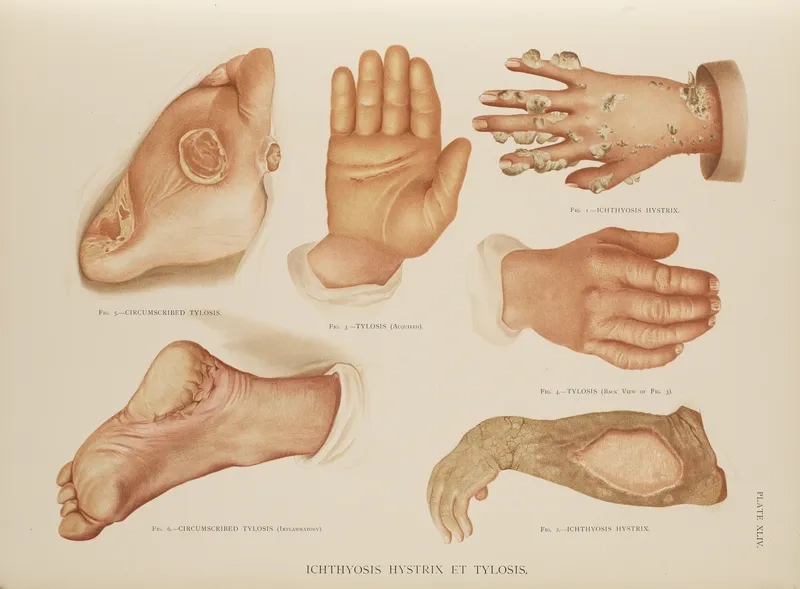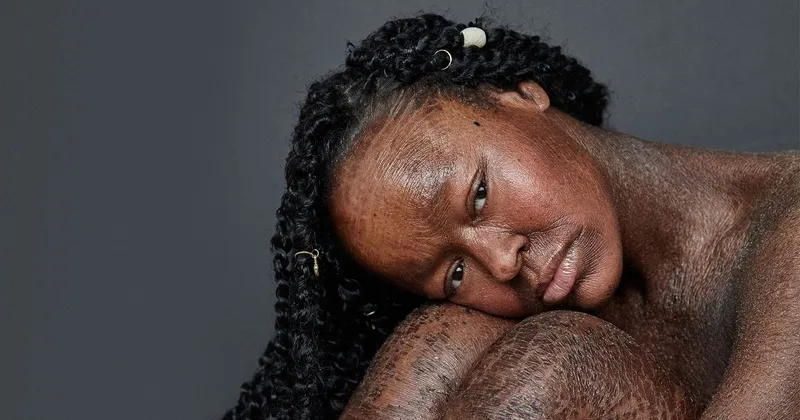Living with ichthyosis presents unique daily challenges that many people don't understand. Gaining clear knowledge about this condition is the first step towards better management. Don't miss this essential guide to understanding your skin.
What are the main causes of Ichthyosis?
- The primary ichthyosis causes are genetic mutations inherited from parents that affect the skin's natural shedding process, causing dead skin cells to accumulate.
- These gene changes disrupt the normal life cycle of skin cells, leading to either too rapid production or a failure to separate properly.
- While most types of ichthyosis are congenital, an acquired form can sometimes develop in adulthood, often linked to other underlying medical conditions.

Key symptoms of Ichthyosis to watch for
- The hallmark symptom is persistent dry, thickened, and scaly skin, which can range from fine, white scales to large, dark, plate-like scales.
- Ichthyosis vulgaris, the mildest and most common form, often presents as fine, fish-like scales on the shins, arms, and torso.
- More severe forms include lamellar ichthyosis with large, dark scales and harlequin ichthyosis, the most severe type, which is present at birth.
How is Ichthyosis effectively managed?
- While not preventable, consistent ichthyosis treatment focuses on daily moisturizing with thick creams to hydrate the skin and manage scaling and dryness.
- Medicated creams containing alpha-hydroxy acids or retinoids may be prescribed by a dermatologist to help exfoliate and improve the skin's appearance.
- For some severe types, oral retinoid medications can be an option to reduce scaling, though they require careful medical supervision due to potential side effects.
>>> Discover more: Vulvodynia – symptoms, diagnosis and treatment options
Image of the disease Ichthyosis - showing different types and severity







>>> Discover more: Rosacea – signs, triggers and effective treatments
Managing ichthyosis is a lifelong journey, but you are not alone. With the right skincare routine and medical support, you can improve your comfort. Consult a dermatologist to create a personalized treatment plan.
>>> Learn now: Hidradenitis suppurativa – causes, symptoms and care




